Managing pests in an organic garden may feel unsurmountable sometimes when you don’t want to use the majority of insecticides on the market. (And many of these “safe for organic” sprays can actually do more harm than good, as they often target beneficial insects as well.)
So what’s a gardener to do when aphids and caterpillars are threatening to decimate your crops?
Simple: Plant a trap crop.
A trap crop is exactly what it sounds like: a plant that attracts pests and “traps” them so they stay away from your vegetables. It’s a decoy for desirable crops like tomatoes, cabbage, kale, cucumbers, and squash, which often don’t make it out of a garden without holes or hitchhikers.
And while the thought of planting more plants when you’re having trouble with the ones you’ve already got seems crazy, let me assure you that trap cropping is a really easy way to control pests and it involves zero chemicals!
Case in point: I grow calendula in the corners and along the edges of several of my raised beds. These fast-growing flowers (also known as pot marigolds) bloom all summer long until the first frost in my climate, and they often self-seed and re-emerge the following spring.
Calendula is an amazing trap crop to plant near leafy greens because it attracts ALL the aphids, leaving your chard, kale, and mustards hole-free. My salad greens rarely ever have pests on them, but if you look at the calendula growing right next to them, the stems and flowers are absolutely covered in aphids (and ladybugs, which enjoy the free buffet).
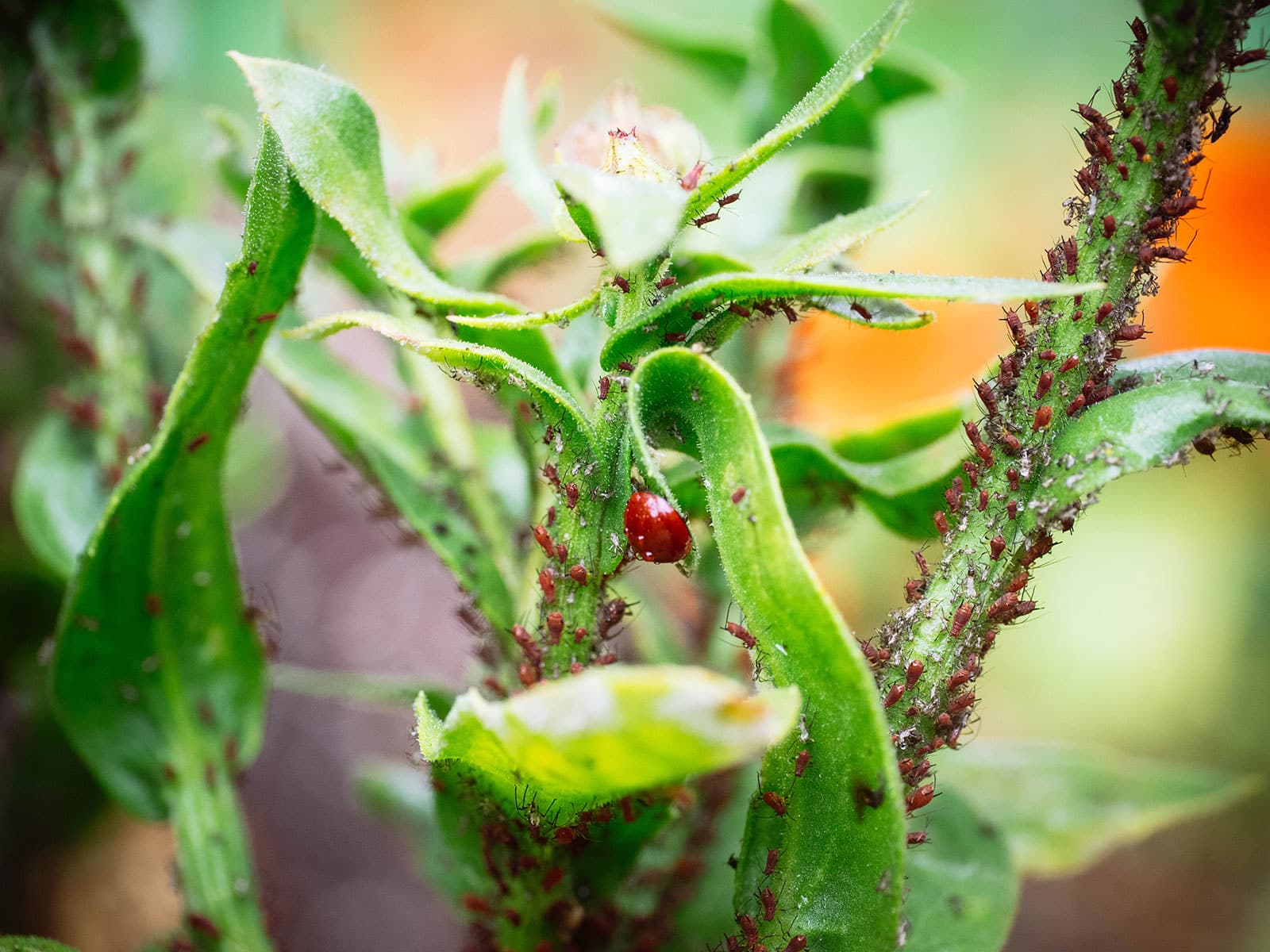
I sow calendula seeds in early spring and totally ignore them after that. I don’t even deadhead the spent flowers. But they do their job heroically, sacrificing themselves and trapping aphids to keep them off the plants I do care about.
3 benefits of trap cropping
If you’re growing organically, trap cropping needs to be an integral part of your garden. Why?
1. Trap cropping is a completely organic solution.
No pesticides, no neem oil sprays, no granules or diatomaceous earth or anything that needs to be applied to your plants. Skipping these is much better for the overall health of your garden and less work for you, too.
2. It’s cheap (and we like cheap).
Seeds are only a few dollars a packet, and you can stock up on flower seeds at the end of the season for even less. (I’m a fan of buying calendula and marigold seeds from the dollar store.)
3. It corrals all your pests in one place.
Rather than having pests scattered all over your garden, they (mostly) end up on your trap crops, which makes for easier disposal. (More on that below.)
How to use trap crops
The key to successful trap cropping is knowing what kind of pests you’re dealing with, what kind of plants they prefer, and timing the trap crop properly.
Ideally, you want the trap crop to be a little more mature than the plant you’re trying to protect. If your tomatillo plants have lots of lush green growth by early summer, then your nasturtiums should already be going strong so any flea beetles aren’t even tempted to wander over to the tomatillos. (Not to mention, larger plants will be better able to handle an onslaught of hungry pests.)
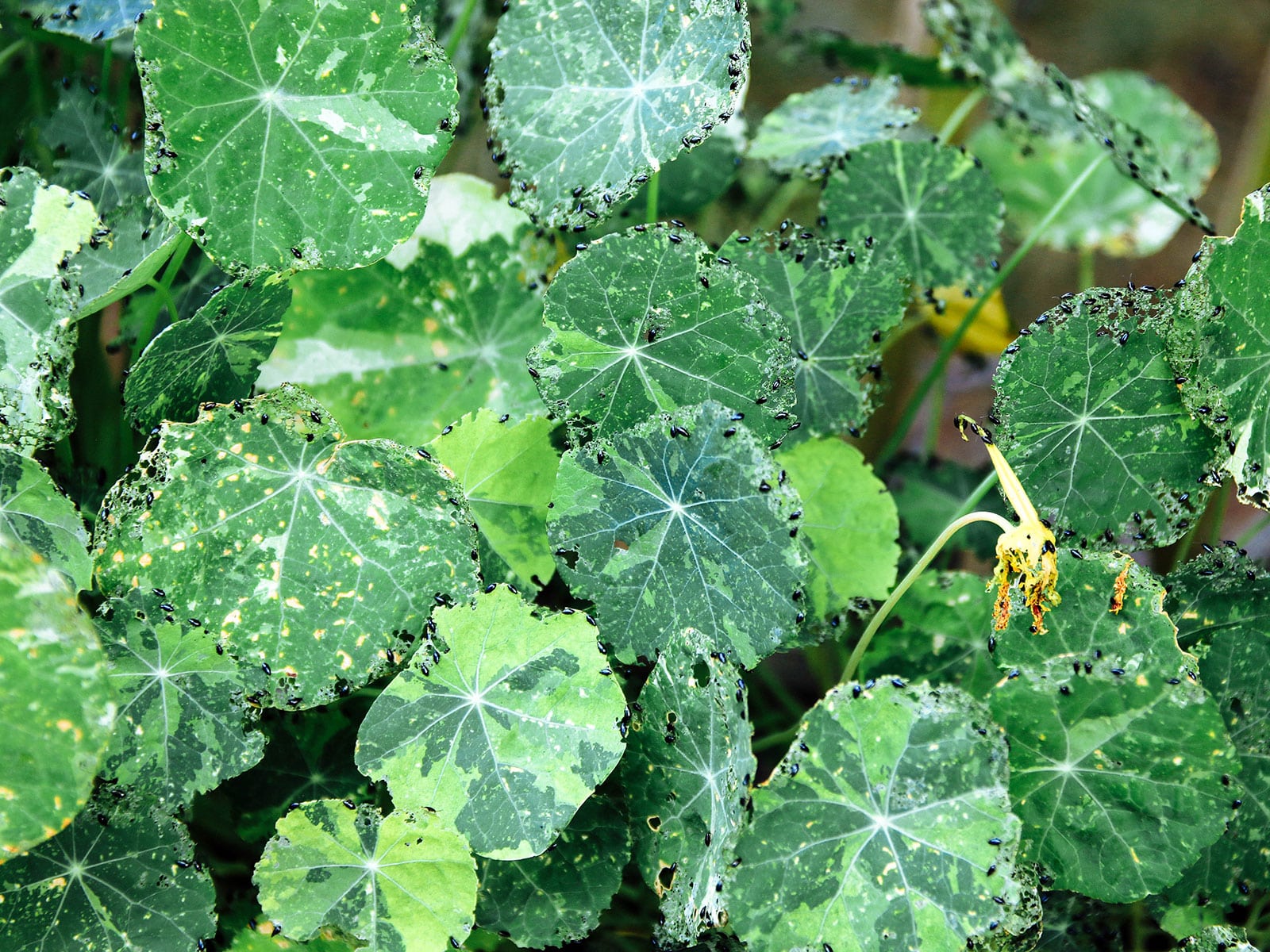
With that in mind, always try to start your trap crops early and have plenty of extras as backup in case you lose a trap crop to heavy pest damage.
Here’s a list of trap crop plantings for protecting your most valued plants:
- Grow calendula and nasturtiums near leafy greens to trap aphids.
- Nasturtiums are also a magnet for flea beetles, so plant them everywhere in the garden. They won’t look all that great as the season goes on, but your crops will!
- Grow radishes as a trap crop for flea beetles that attack tomatillos, tomatoes, spinach, melons, and brassicas. Radishes that mature by early spring are also an effective trap for cabbageworms that would otherwise defoliate your cabbage and broccoli seedlings. The leaves of your radishes will have pest damage, but the roots themselves will be unblemished and harvestable.
- Grow sunflowers to trap stink bugs and leaf-footed bugs.
- Grow French marigolds (Tagetes patula) around carrots, chard, beets, tomatoes, peppers, cucumbers, and squash to control root-knot nematodes. (I recommend these Nematode Control Marigolds.) Marigolds are also an effective trap crop for earwigs, which can do some serious damage to these flowers.
- Grow flowering tobacco (Nicotiana spp.) around the perimeter of your garden to keep hornworms off your tomato plants.
- Mature dill planted near tomatoes help trap hornworms.
- Amaranth planted on the edges of your garden keep cucumber beetles off cucumbers and squash plants.
- Grow chervil around lettuce and other susceptible crops to trap slugs and snails.
- Grow millet between squash plants to trap squash bugs, which actually prefer this grain crop.
- Grow Blue Hubbard squash around the perimeter of your garden to attract cucumber beetles, squash bugs, and squash vine borers. Just be sure to plant the Blue Hubbards at least two to three weeks before your main squash crop, so the Blue Hubbards are bigger and more desirable to pests.
- Grow zinnias throughout your garden to protect berries and fruit trees from Japanese beetles.
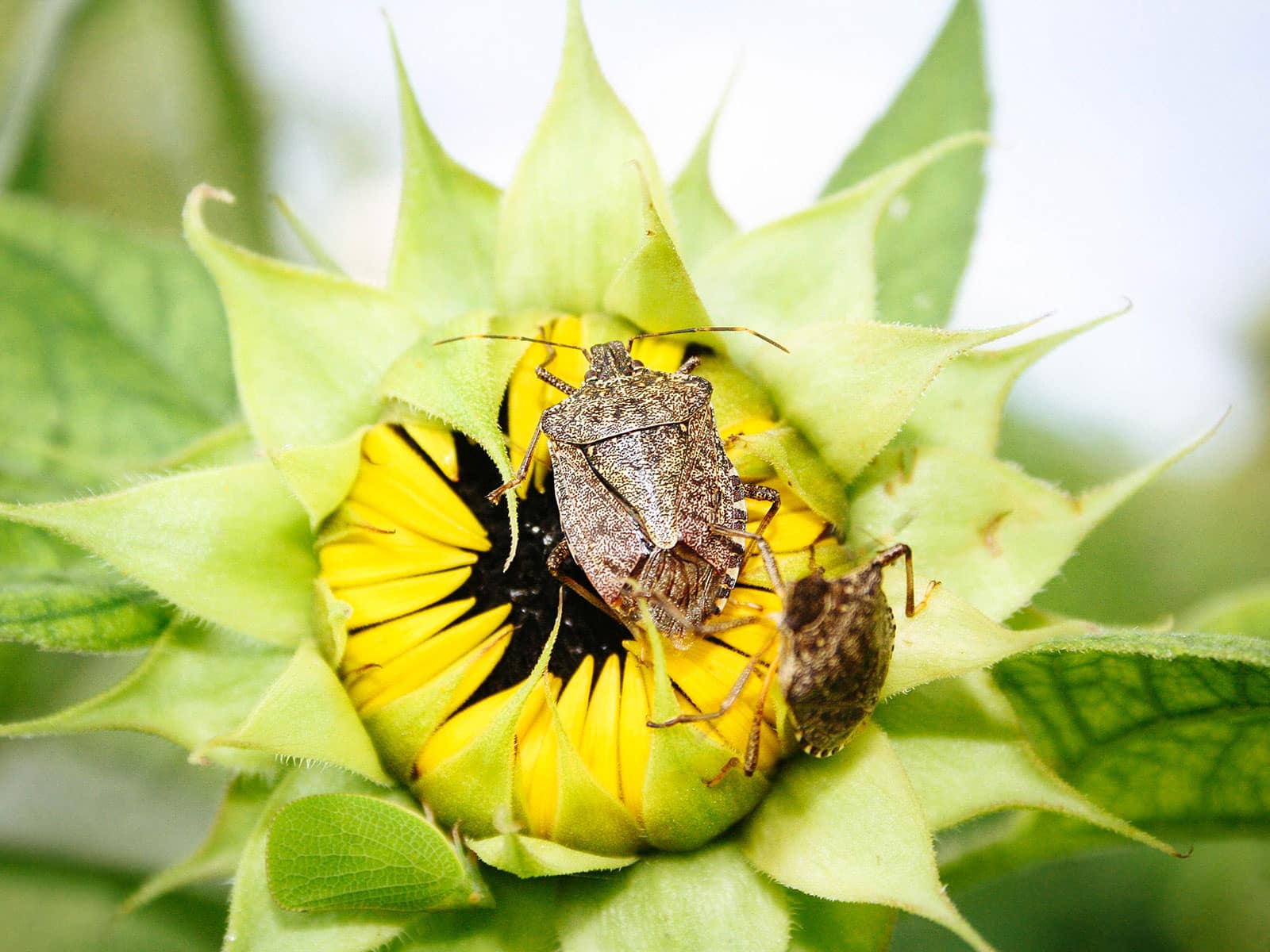
What to do with the pests you’ve trapped
Okay, so now you’ve got a sacrificial plant swarming with pests. What do you do with it?
In some cases, you can just leave it alone. An infestation of pests will eventually draw natural predators that come to feast. And keeping these predators around is a good thing for your garden!

Here’s how I use predatory insects for biological pest control:
In other instances, it’s best to remove destructive pests before they move on from your trap crops. Check the leaves and flowers frequently for unwanted visitors like leaf-footed bugs, cucumber beetles, squash bugs, and squash vine borers and destroy them as soon as you see them. Caterpillars like hornworms, cabbageworms, and cabbage loopers are large enough to hand-pick and smush (or left in a bird feeder as an offering).
If any stems are severely infested, cut them off and drop them into a bucket of soapy water. Infested plants that are too far gone should be pulled entirely, sealed in a bag, and thrown in the trash to make sure the pests and their eggs don’t remain in your garden.
Remember that trap crops are only one piece of the pest control puzzle
It’s normal—and healthy—to have a few pests in your garden. All pests have a purpose, even if they’re simply there as a source of food for other insects and wildlife. Don’t sweat if you find a caterpillar or two on a leaf (just pick them off) or aphids on an old and tired plant (leave them for predators or remove the infested leaves).
While trap cropping is a useful technique for managing bad bugs naturally, it’s just as important to interplant a variety of beneficial flowers with your vegetables to attract the good bugs.


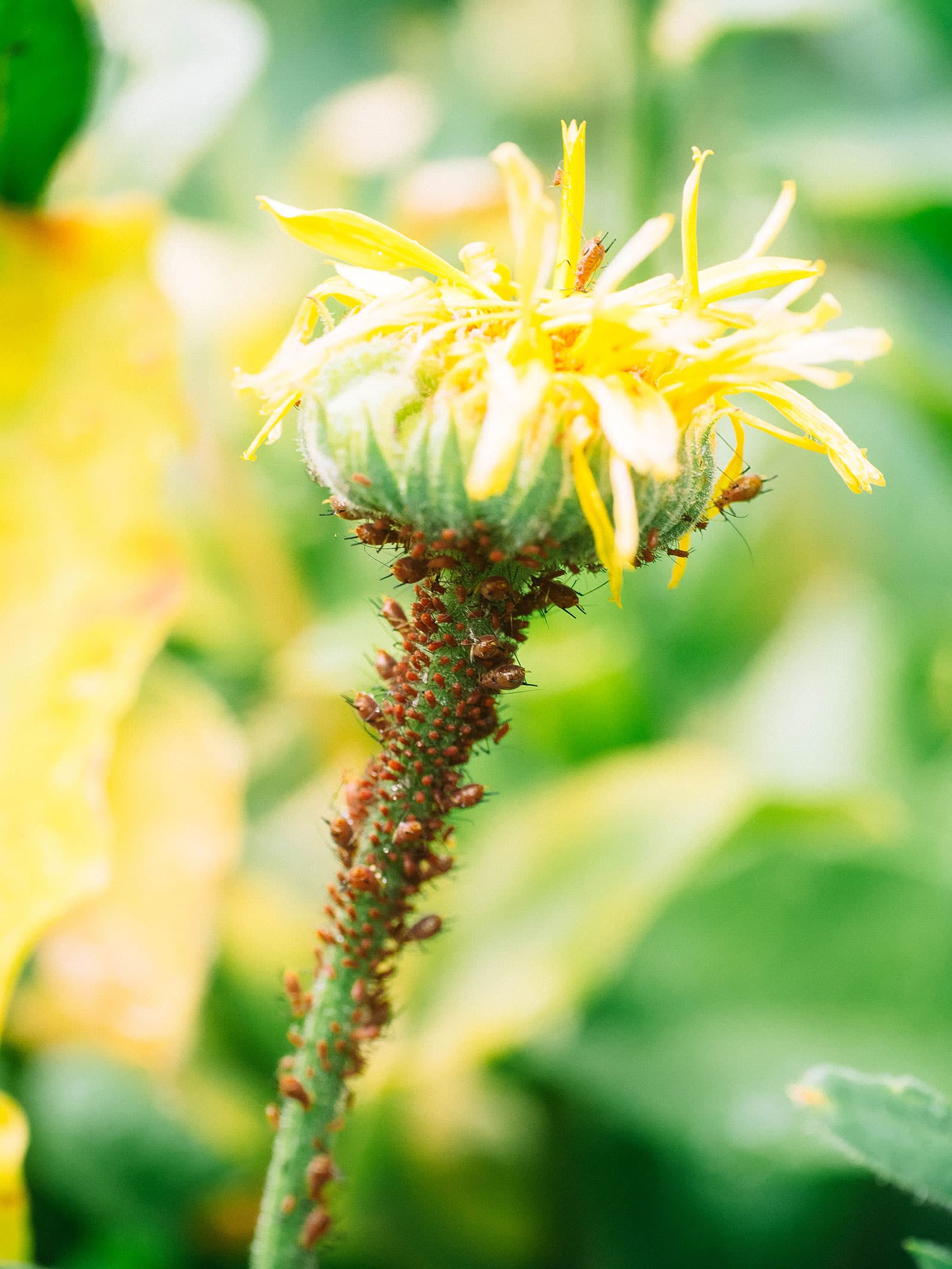


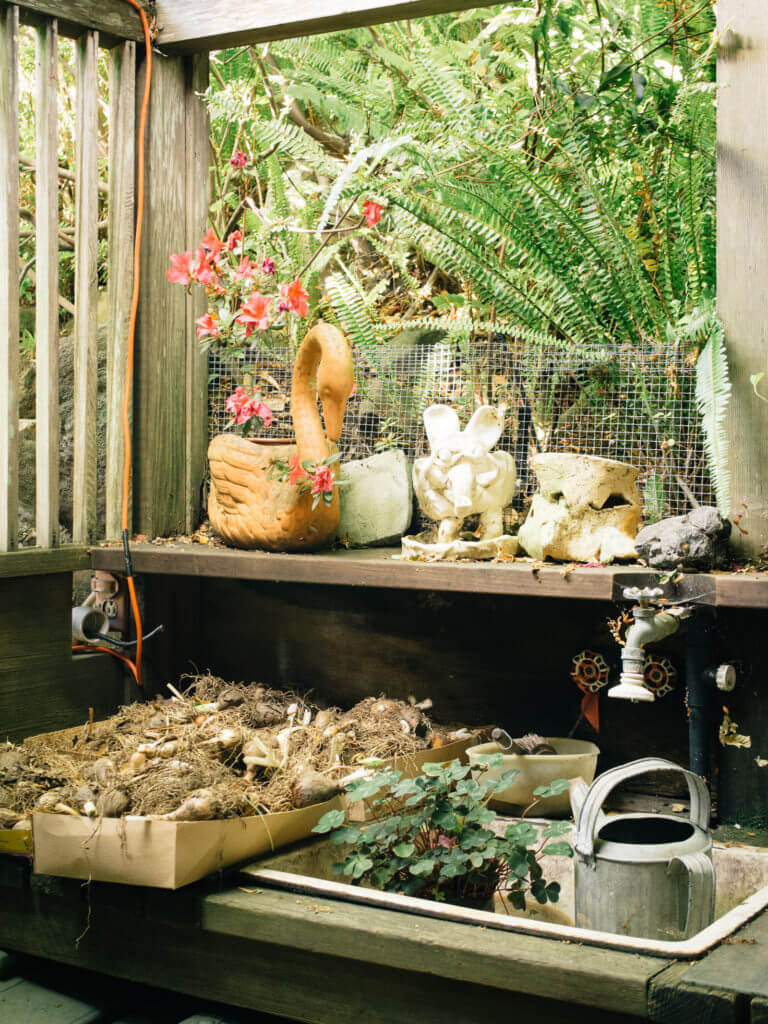
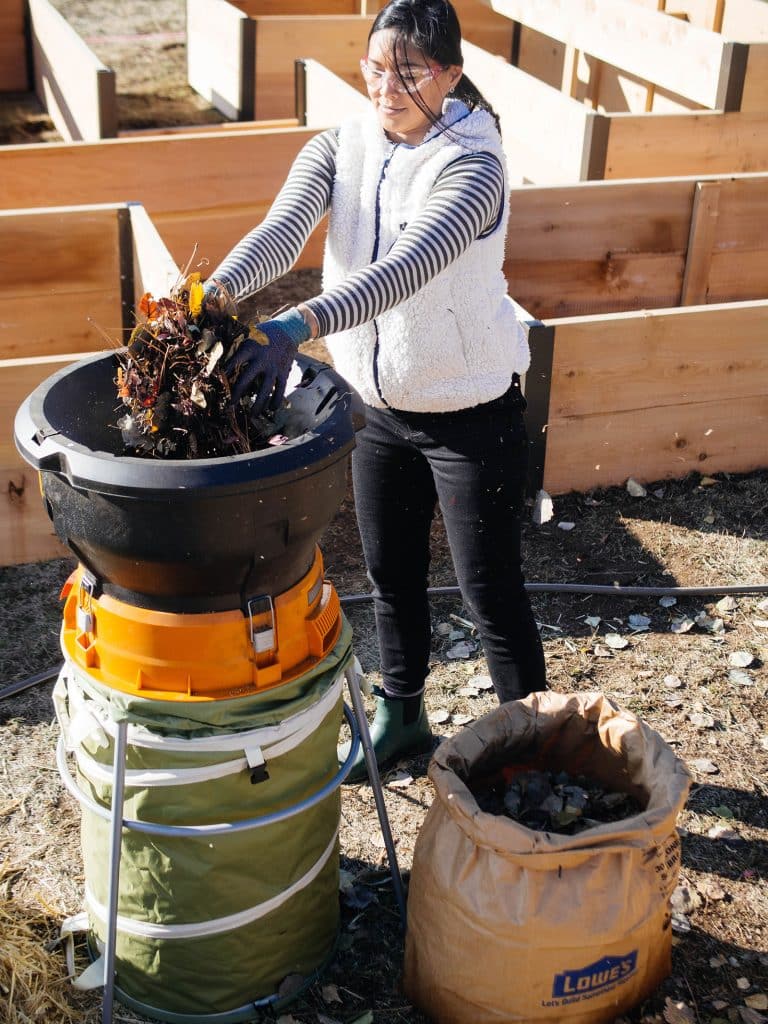


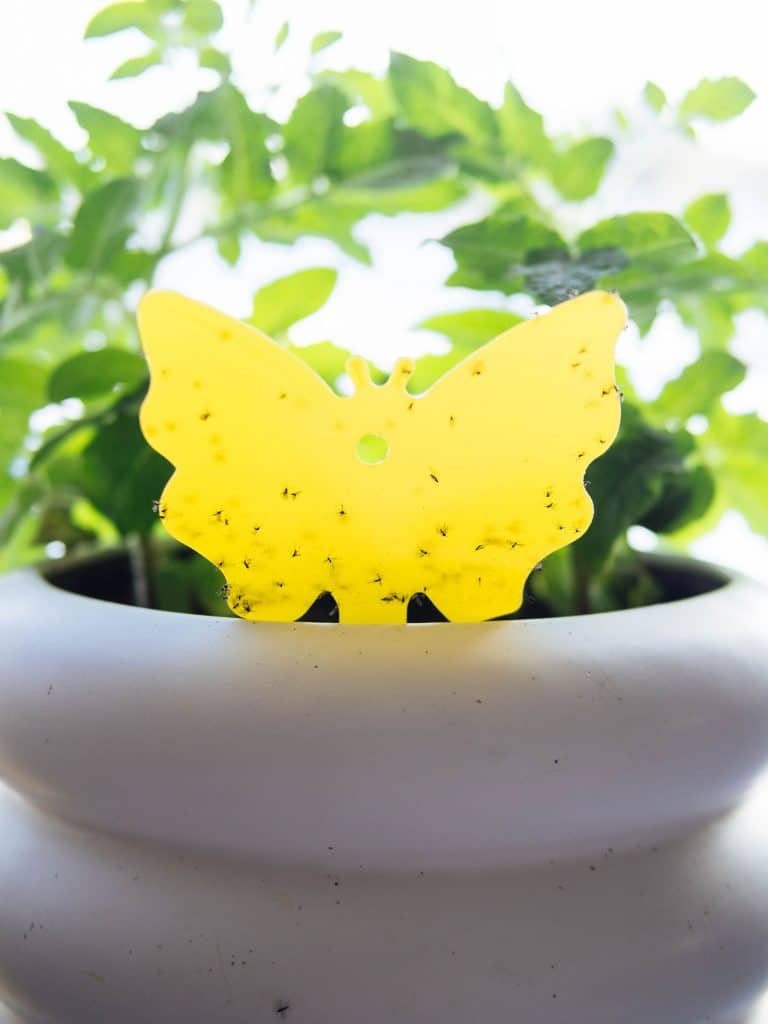

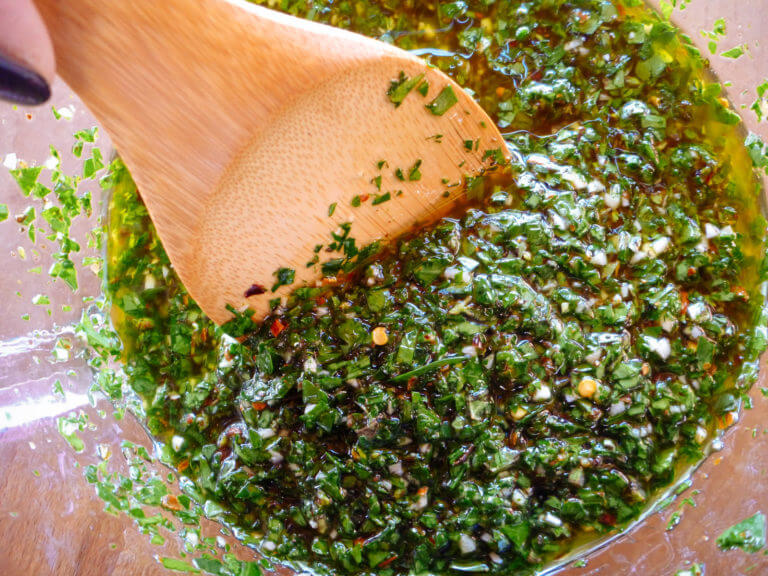




Such a valuable reference to save. Thank you, Linda! I love to eat Lamb’s Quarters and have let a bunch grow in veg garden as a veg for us. Noticed the other day one of the 10 or so LQ plants is loaded with what look like aphids, some tiny black bugs. Trap crop, thought I! Your article timing perfect. Great reminder to grow trap crops earlier than protected so trap crops will be able to compete with main crops and give pests a strong target. Excellent! Thanks again!